Toyota Auris Hatchback (2012-2019) interior, tech and comfort
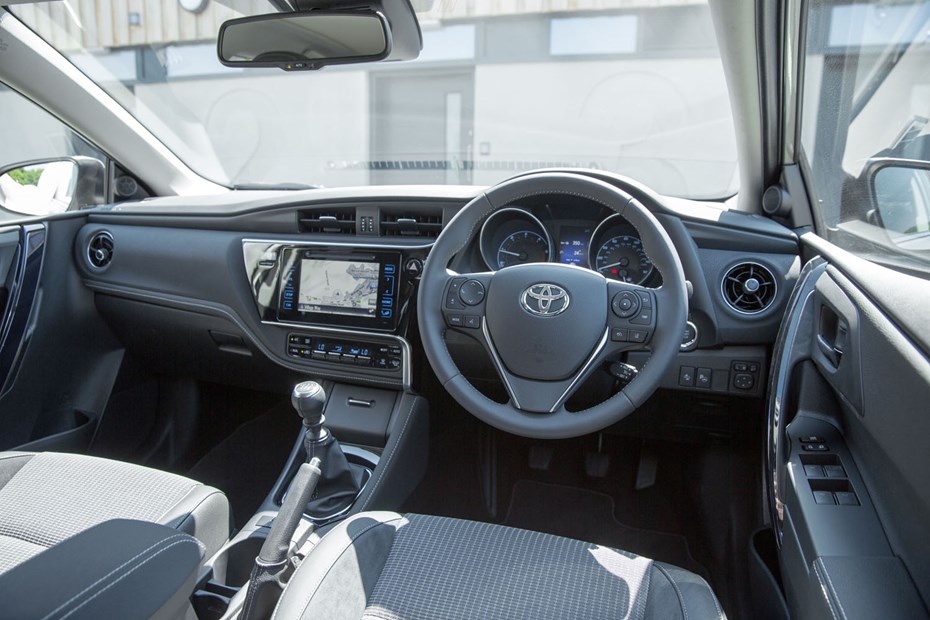
- Dash design is uninspiring to look at
- The quality is good enough overall
- Can’t match up to its more modern rivals
Inside the Toyota Auris you’ll find a presentable, spacious and comfortable interior. The instrumentation is all clearly presented while the controls are logically laid out and easily accessed.
The steering wheel adjusts for both reach and rake and, with moderately adjustable seats, it’s not difficult to find a comfortable driving position. A left-sided footrest is present too, improving comfort on longer trips.
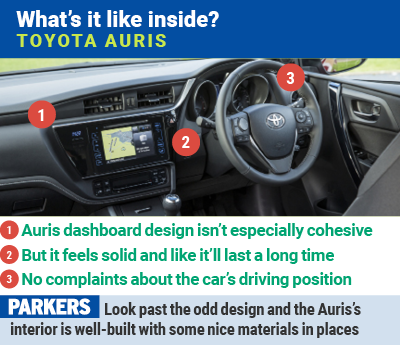
Visibility out of the Auris is generally good but large rear pillars do create a bit of a blindspot. The reversing camera, available on higher-spec cars, at least helps negate this issue when backing-up.
It’s not all good news though. While some materials used feel soft and pleasant (such as the steering wheel), others feel of a low quality, and are easily marked.
Higher-spec models fare better, with more leather used on the seats and door cards, but some plastics on the doors and lower in the cabin do feel a little low-rent. There’s no denying how solid the whole car feels, though.
The dashboard doesn’t have a particularly cohesive design either, with lots of different shapes and finishes. It lacks finesse and, as a result, doesn’t feel as upmarket as some rivals. Little oddities such as manual lights for the vanity mirrors further reduce any potential premium feel.
- Comfortable seats up front
- Good ride quality
- But nothing special overall
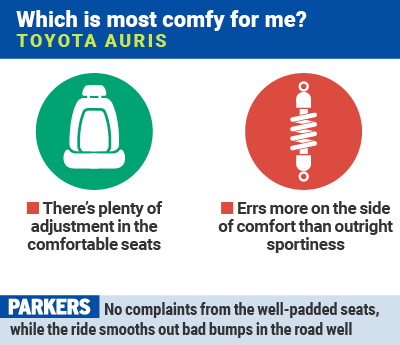
Comfort in the Auris is good, thanks to an interior that’s spacious enough, with room for five adults, and there’s lots of leg- and headroom. The seats are quite supportive and there’s enough bolstering to hold you in place during sharper turns.
Road noise is low but wind noise is particularly noticeable at higher speeds. You don’t have to raise your voice to talk to your passengers but it is somewhat intrusive.
Engine noise doesn’t intrude too much either, but the hybrid and CVT versions do drone and whine which can be annoying, particularly if you’re frequently accelerating on a motorway, for instance.
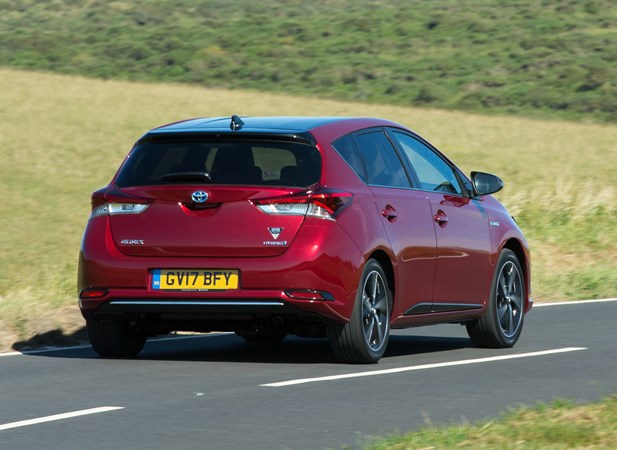
Further improving interior comfort is the standard fitment of climate control. This helps keep the cabin temperature regulated to your desired setting.
The Auris’s ride quality is acceptable and you won’t get out at the end of longer trips feeling tired and agitated. Some road surfaces can cause it to bounce and shift around though, and it does crash through some potholes, but not to an unpleasant extent.
It isn’t an uncomfortable car to drive, but many of its rivals – such as the VW Golf and Hyundai i30 – are more cosseting and refined.





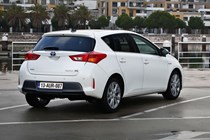

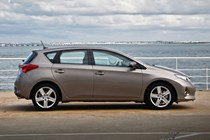


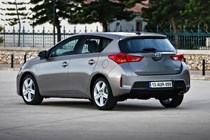
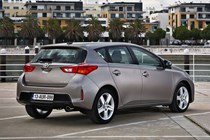



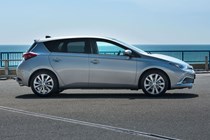

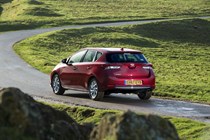
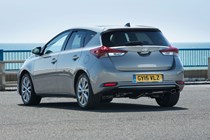



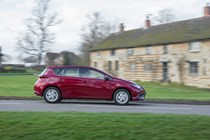
.jpg)
.jpg)
.jpg)
.jpg)













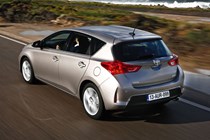





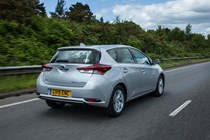
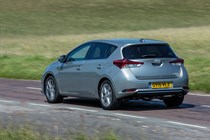







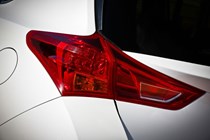
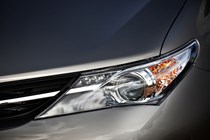
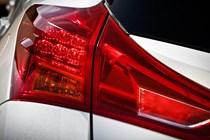
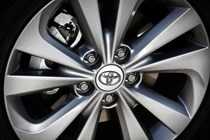
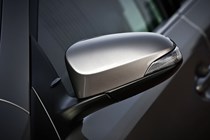


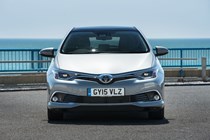
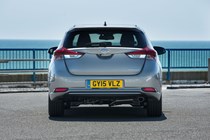
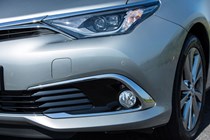
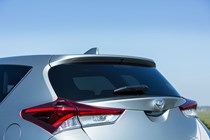
.jpg)
.jpg)

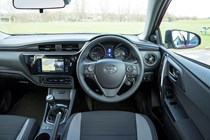
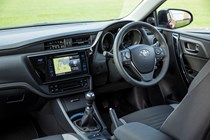







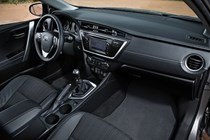
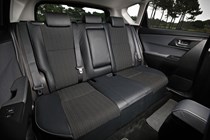
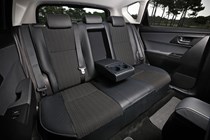

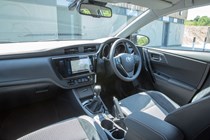
.jpg)
.jpg)

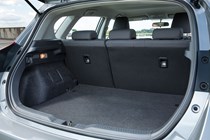

.jpg)
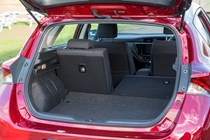
.jpg)
.jpg)
.jpg)




.jpg)
.jpg)
.jpg)





















.jpg?quality=50)
.jpg?quality=50)
.jpg?quality=50)
.jpg?quality=50)







































.jpg?quality=50)
.jpg?quality=50)















.jpg?quality=50)
.jpg?quality=50)



.jpg?quality=50)

.jpg?quality=50)
.jpg?quality=50)
.jpg?quality=50)




.jpg?quality=50)
.jpg?quality=50)
.jpg?quality=50)